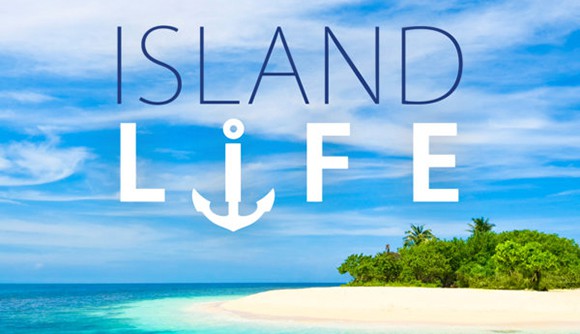
The dream of living on an island, away from the hustle and bustle of the mainland, is a fantasy many people share. HGTV’s Island Life offers a glimpse into this idyllic lifestyle, but it’s important to remember that the show doesn’t always reveal the whole truth about island living. While the idea of escaping to a vacation resort and calling it home is enticing, the reality of island life can be quite different from what’s portrayed on the show.
Here are a few lesser-known facts about Island Life that might surprise you.
10. Production was halted due to Hurricane Florence.
Island Life’s production faced a major setback when Hurricane Florence hit the east coast. This is a side of island living that isn’t often discussed on the show, as the threat of natural disasters can be a significant downside to living in such a location.
9. Living on an island is typically more expensive.
Island properties are often referred to as vacation resorts for a reason – they provide a temporary escape from everyday life. While living on an island might seem like a dream come true, the reality can be quite different, with the novelty eventually wearing off and the high cost of living becoming a burden.
8. You have to have a very large budget for this show.
Island Life isn’t a show for those with modest budgets. Even the smallest island homes can cost half a million dollars or more, not to mention the expenses involved in relocating your family and belongings to the island.
7. Island life is rather secluded and very community-based.
Living on an island can be a double-edged sword when it comes to community life. On one hand, you’re likely to form close bonds with your neighbors, but on the other, communication with the mainland can be limited, especially if the island is not easily accessible.
6. There is a lot of staging done on this show.
Like any other HGTV show, Island Life features carefully staged shots that showcase only what the production team wants viewers to see. The homes are always presented in pristine condition, giving the impression that island living is a picture-perfect experience.
5. Weather issues are rarely explored on this show.
Island Life occasionally touches on weather-related challenges, but the reality of living on an island means facing the brunt of inclement weather without the protection of the mainland. While some regions may experience less severe weather, island communities are often hit first and hardest by storms.
4. The show focuses mainly on the upsides of island living.
It’s no surprise that Island Life highlights the best aspects of island living, as showcasing the downsides wouldn’t make for compelling television. By emphasizing the positive, the show encourages viewers to consider trying island life for themselves.
3. Open space comes at a premium in an island environment.
Depending on the size of the island, open space can be limited, and if you want a spacious home, you’ll likely have to pay a hefty price for it.
2. One thing any island community has to think about is tourism.
Tourism is often a crucial source of income for island communities, as foot traffic is typically much lower than on the mainland. While there are both pros and cons to relying on tourism, it’s an essential aspect of life for many isolated island locations.
1. Rarely will you hear how isolated an island community is from the mainland.
The true extent of an island’s isolation from the mainland isn’t always apparent on the show. It’s only when someone actually moves to an island that they realize just how far removed they are from the rest of the world.
Island life isn’t for everyone, but for those who can make it work, it can be a unique and rewarding experience.
 Follow Us
Follow Us





